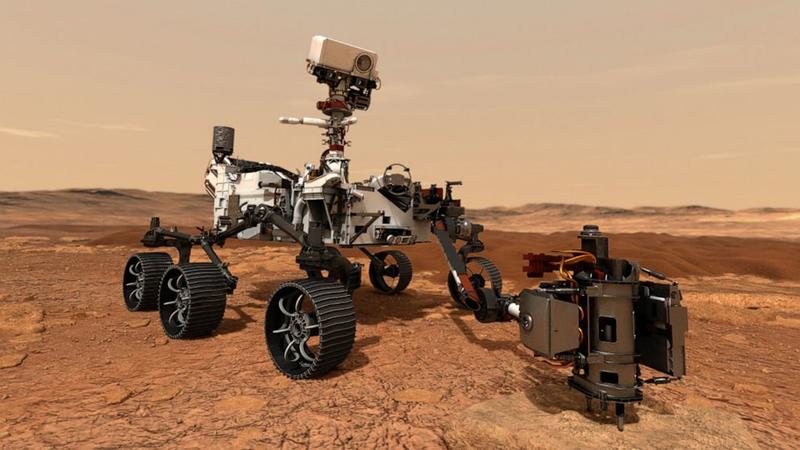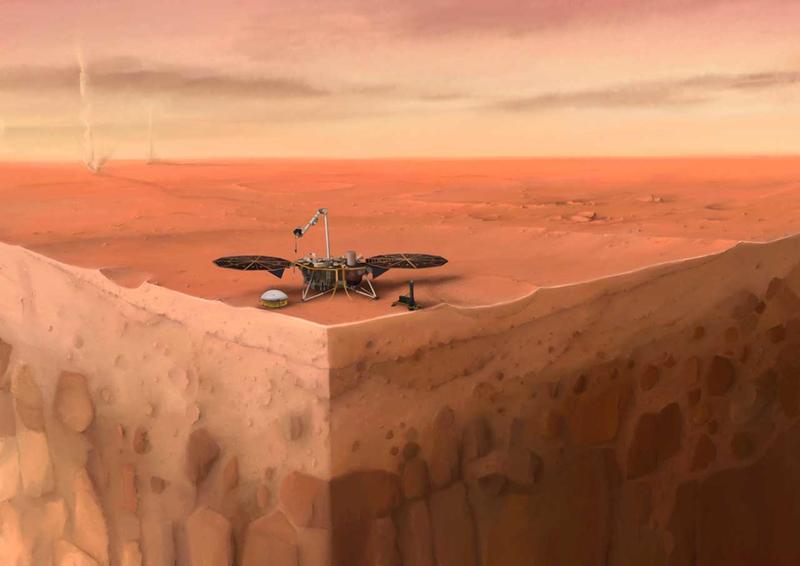Do you think you have what it takes to complete a space mission? I think most of us would be reasonable in saying we don't have what it takes. Astronauts are highly specialized people who have to be more than just experts in their field. They also have to deal with the stress of being in space.

When you are out in space, you have to come up with creative solutions to very big, imminent problems. There is no backup out in space. You are left with your own devices, whether that be your tools or just your wits. Most people would crack under that amazing pressure.
Ask yourself, what would you do if your Mars rover suddenly stopped working? You are probably struggling to think of where to even start. As you will find out from this story, maybe being an astronaut isn't as hard as it seems. That's because astronauts recently used the oldest trick in the book to restart their rover.
As it turns out, restarting a broken down Mars rover might be as simple as using the Fonzie method. That is to say that all you need to do is give it a big smack. You would think there would be some more complicated solution to NASAs problem when their Mars InSight lander had trouble drilling as it was supposed to. Their solution was something incredibly simple. NASA used the old trick of giving it a good smack with a shovel.

The original plan was for the Mars InSight lander to use something called the “mole,” which is a heat probe. The “mole” was meant to dig into Mars, but that didn't end up happening. Before we go blaming the Mars lander, we can't completely blame the lander in this instance. The equipment was working perfectly fine.
The reason the Mars InSider lander couldn't use its “mole” heat probe was because the tool required a considerable amount of friction to dig its way into the soil. This is all according to NASA. Mars has far less gravity than Earth, so it is harder to do things like drill, especially straight down into the ground. The low gravity ends up pushing the probing object upwards instead of applying constant pressure.

The Mars InSider ended up being left impotent on the surface with nothing to day for several months. NASA's InSight twitter account ended up releasing their new strategy for using the heat probe. They said they were “giving it a push with my robotic arm.” Now that their strategy to use a robotic arm to push the heat probe, they have recently announced that they have made some progress.
On their Twitter account, the InSider team said, “A bit of good news from #Mars: our new approach of using the robotic arm to push the mole appears to be working! The teams @NASAJPL/@DLR_en are excited to see the images and plan to continue this approach over the next few weeks. #SaveTheMole” The rest of the mission will have the InSight measure heat under Mars' surface. This will help us understand how planets like Mars are formed.

The basis of InSight's mission (short for Interior Exploration using Seismic Investigations, Geodesy and Heat Transport) is to explore the deep interior of the planet, which is the part we know the least about. Along with measuring heat, it has also recording different seismic activities across the planet. Looks like Mars has earthquakes just like us - or Marsquakes.